In the subscription guides, we’ve covered 3 of the most important aspects of any subscription business, Customer Acquisition, Customer Retention, and Customer Winback. But there is one final aspect of the subscription business that has the potential to make the biggest impact on your revenue – Customer Expansion.
Customer Expansion is a way to increase the amount of money derived from each subscriber. Most subscription businesses have several products and price packages and consequently have the opportunity to influence how much subscribers spend.
This article will explore two different strategies for increasing the value of your customers. One is upselling, which is basically about getting your customers to buy more of the same product. The other is cross-selling, which is about using existing customer relationships to sell your customers new products.
Step 1: Define and implement a strategy for upselling your product to your customers
You are probably very familiar with the situation where you enter a McDonald’s or another burger restaurant to order a burger.
“Do you want fries with that?” is the question that the server will typically ask you, while at the same time trying to sell you a full meal or an even larger meal if you go for the regular size.
Upselling is something that we experience almost every day at restaurants, retailers, petrol stations, and when shopping online. Upselling is a very powerful way of raising revenue and profits for your subscription business, and you, therefore, need to define and implement a strategy for how to upsell to your existing customers.
If your subscription business has diverse subscription products and different price levels, the typical approach to upselling is to try to upgrade your customers from lower-priced to higher-priced subscriptions. This strategy of upgrading customers once they have signed up is widespread among many subscription businesses.

Take the world’s leading dating service, Tinder. They have a very clear strategy to upgrade customers once they have signed up for the service. You can actually use Tinder for free. The lowest tier is the free version of the service. At this stage you will see lots of adverts when you open your Tinder app, and the functionality will be quite limited.
But you can upgrade to Tinder+ (USD 19.99 a month), which means you no longer see ads and you get some more features. But if you really want to increase your chances of meeting the right person, you will probably need to upgrade to Tinder Gold (USD 29.99) or even Tinder Platinum (USD 17.99 on top of your Tinder Gold). With more than 340 million app downloads currently, it is a fair bet that Tinder is quite successful with this strategy of upselling.
The upselling strategy of trying to land customers and then get them upgrade their subscription that Tinder is using is often referred to as Land-and-expand.
You need to work out how upselling can be part of your strategy to increase revenue and profits. What kind of upgrading opportunities exist in your subscription model, and what kinds of additional products or services could be sold alongside your standard subscription offer?
Then you need to implement a plan on how and when to upsell to your customers. A good piece of advice would be to integrate this into your campaign plan (see step 15), covering upselling in a special section using the same methods and tactics as when you sell new subscriptions.
Step 2: Define and implement a strategy for cross-selling other products to your customers
Cross-selling is about using your existing customer base to sell customers products or services other than the ones they originally signed up for, and it is a great way to implement customer expansion. Cross-selling is a very strong concept for subscription businesses since one of the defining features of this is a continuing relationship with a large customer base which often involves both billing and delivery of products and services as a regular routine. This creates a relationship of trust between you and your customers – a relationship of trust which can easily be expanded into new product areas.
Consider Dollar Shave Club, a subscription-based e-commerce business that launched a service several years ago offering subscriptions for razor blades at very low prices. No more running out of blades or using dull blades, and no more buying overpriced razor blades from high-end megabrands

This was the powerful value proposition that earned Dollar Shave Club a large and loyal customer base. After having launched their company and become successful with razor blades, Dollar Shave Club decided to move into new product areas, offering other products to the company’s large customer base. Their first additional product was “shave butter”, which of course fits very naturally alongside razor blades.
Dollar Shave Club has since launched many other new products, among them ‘butt wipes’, which are supposedly a more hygienic way of wiping your bottom than using conventional toilet paper.
If you decide to enter new product areas and want to develop a strategy for cross-selling, the same rules apply as in the case of upselling. You need to integrate your cross-selling strategy into your campaign planning, being equally specific about how and when you will conduct cross-selling activities.


